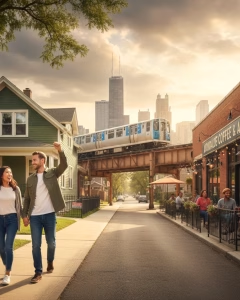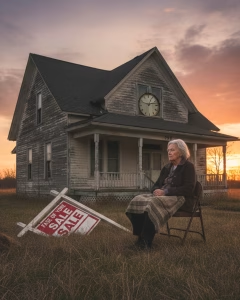Chicago’s downtown skyline is more than just an iconic backdrop—it’s a barometer of the city’s economic health and business growth.
From office space demand to mixed-use development and retail shifts, the commercial real estate market in downtown Chicago is evolving fast. For investors, tenants, and business owners, understanding these trends is key to making informed moves in 2025 and beyond.
Here’s what’s driving the downtown market—and where it’s likely headed next.
1. Office Space is Evolving, Not Disappearing
Remote and hybrid work models have reshaped the way companies use office space. But that doesn’t mean demand is gone—it’s just changing.
- Class A buildings with top-tier amenities are still commanding interest
- Outdated buildings without flexibility or energy efficiency are being left behind
- Tenants are seeking smaller footprints with communal and collaborative space
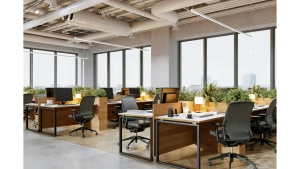
Look for consolidation, subleasing, and repurposing trends across the Loop and River North.
2. Conversions Are On the Rise
As older office towers struggle with vacancy, many are being reimagined as:
- Luxury apartments or condos
- Boutique hotels
- Mixed-use spaces with retail and residential blends
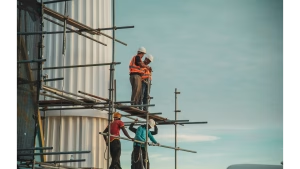
Adaptive reuse is breathing new life into dormant commercial properties.
3. Retail is Going Hyperlocal and Experience-Driven
Traditional retail may be shrinking, but experience-based businesses are expanding:
- Fitness studios, coffee roasters, co-working lounges
- Small-format grocery stores and pop-up retail
- Brands using brick-and-mortar as showroom or community space
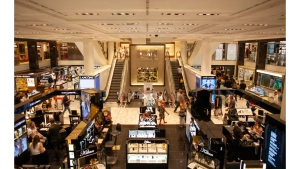
Street-level space near foot traffic remains valuable—if it fits the lifestyle.
4. Industrial and Flex Space Is Creeping In
Downtown may not be the industrial hub, but the fringe areas of the Loop, Fulton Market, and Pilsen are seeing increased demand for:
- Last-mile delivery hubs
- Light manufacturing
- Flex space for logistics and startups

These assets offer strong upside as e-commerce and urban fulfillment continue to grow.
5. Cap Rates Are Adjusting, But Investment Interest Remains
Higher interest rates and construction costs have impacted commercial deals, but demand for:
- Stabilized mixed-use assets
- Build-to-rent projects
- Environmentally certified buildings
…continues to attract investors focused on long-term positioning.
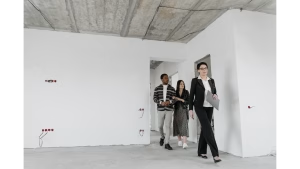
In 2025, it’s all about smart underwriting and choosing neighborhoods with staying power.


